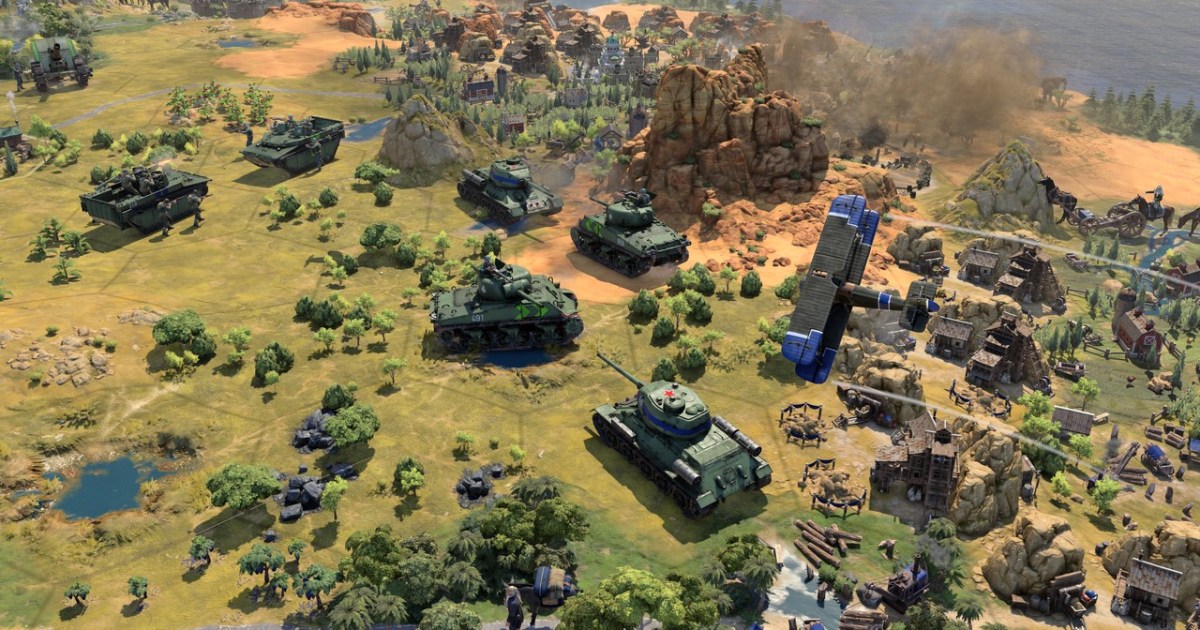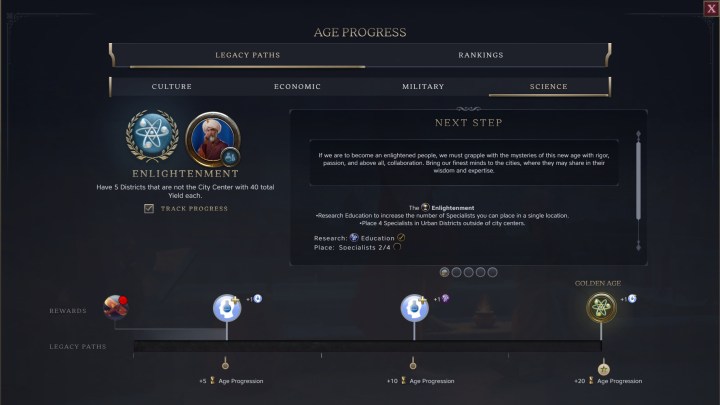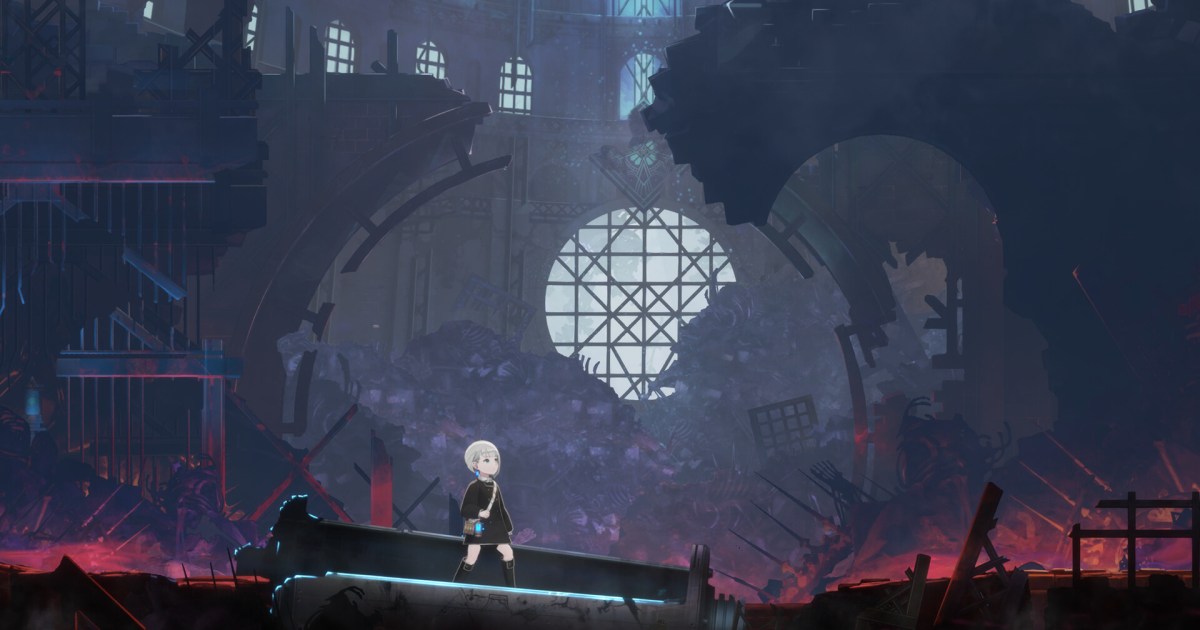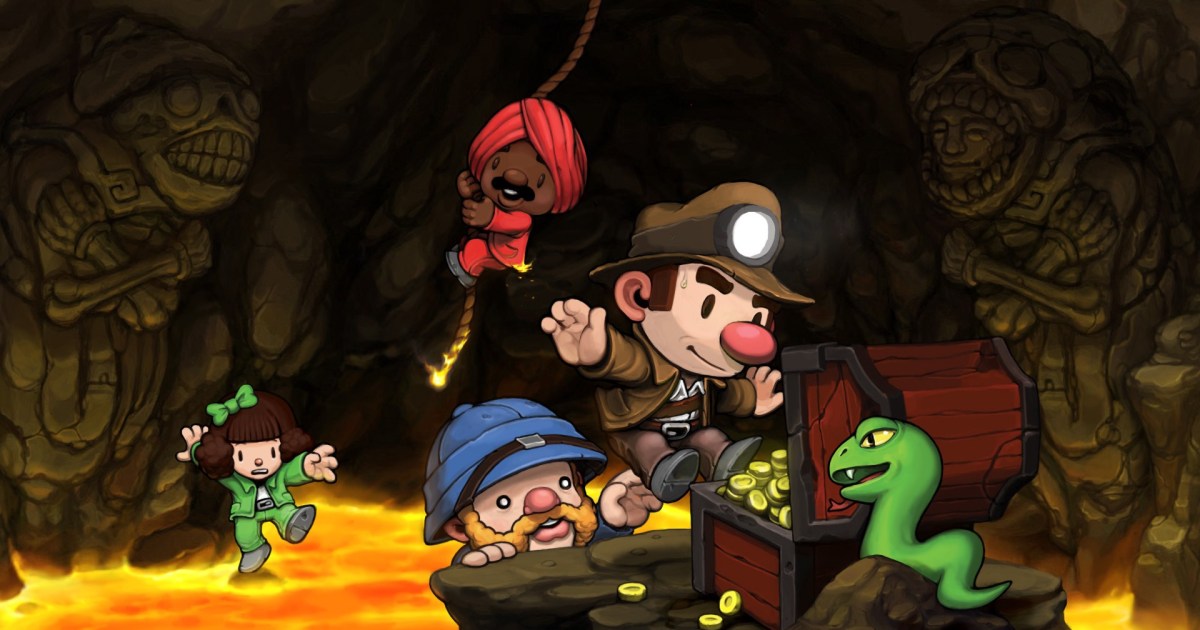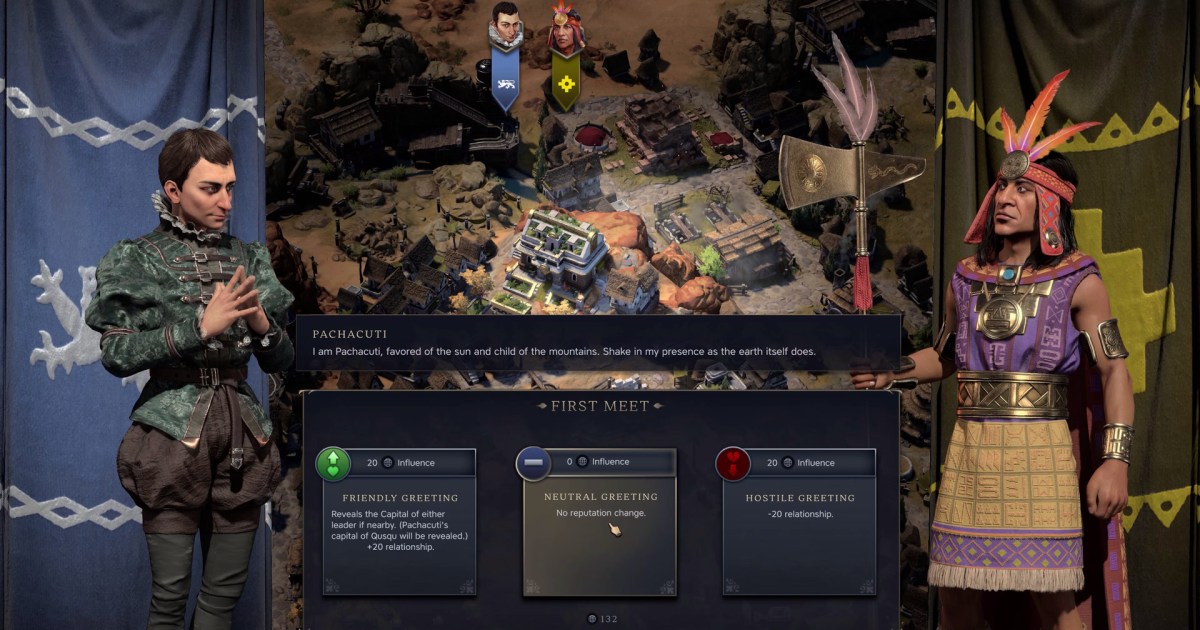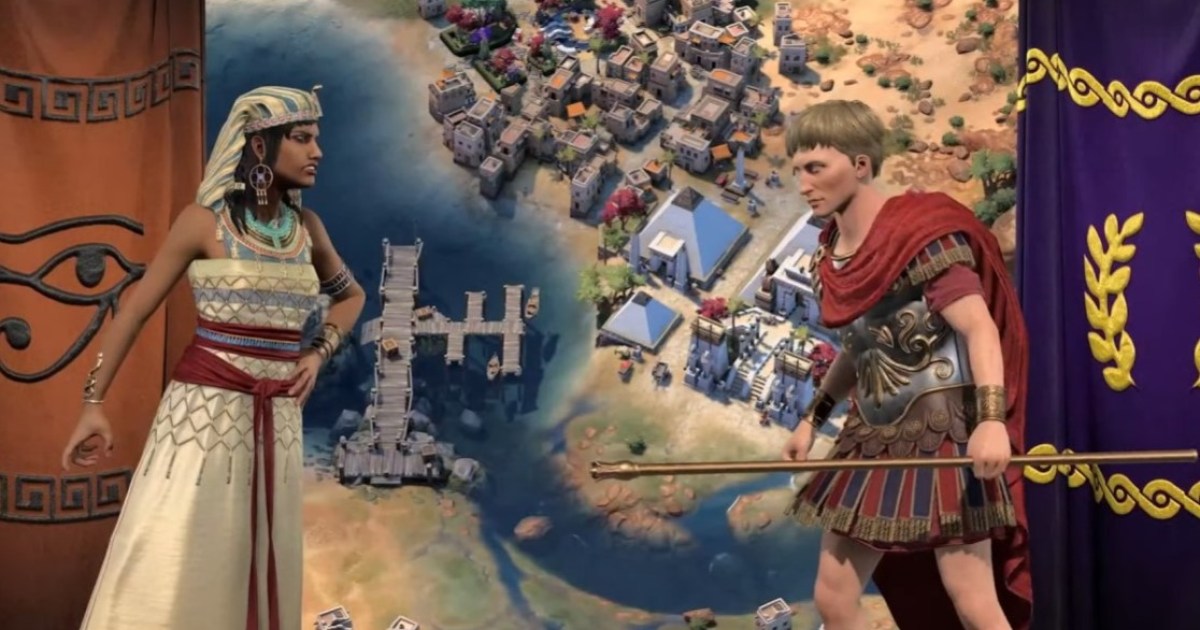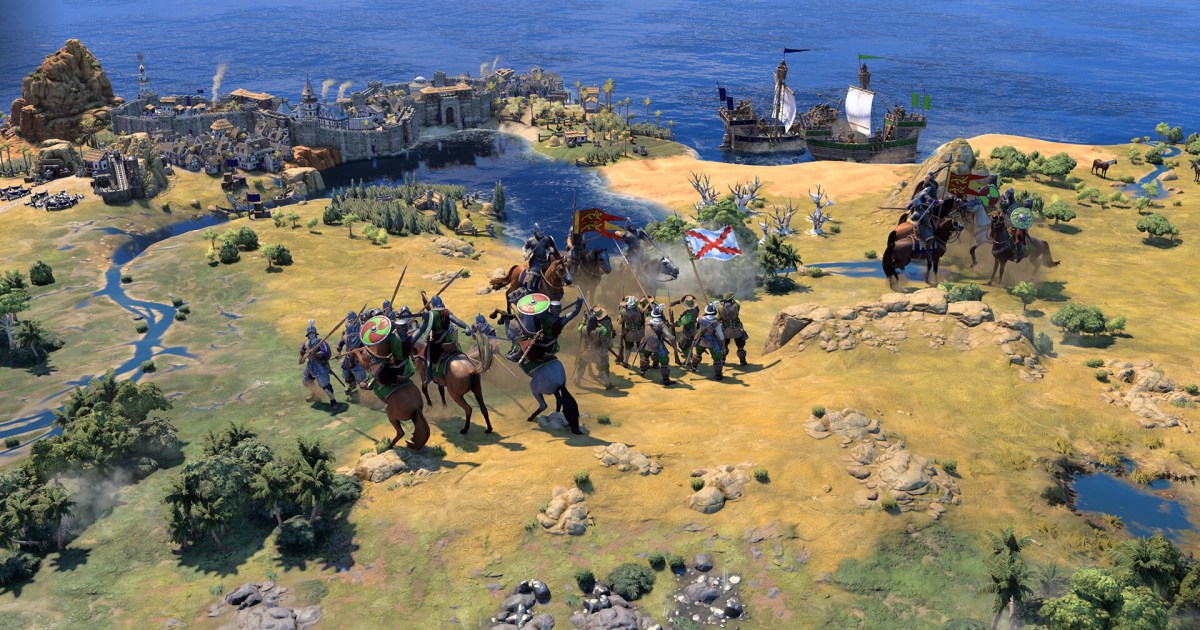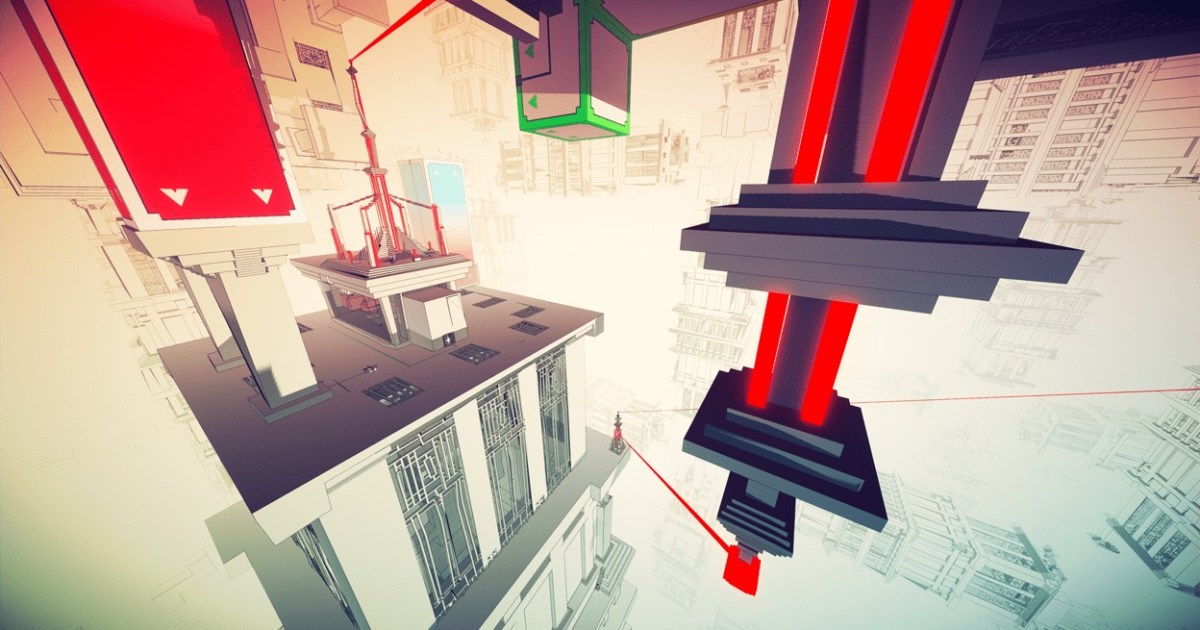Civilization 7 takes players on a journey from ancient history to the modern era, dividing this progression into distinct periods known as Ages. This system represents a significant departure from previous Civilization games and understanding its mechanics is crucial for success. Ages are more than just cosmetic changes; they are milestones that shape your civilization’s trajectory and influence your path to victory. This guide will delve into the intricacies of Ages in Civilization 7, explaining their function, impact, and how they advance.
What Defines an Age in Civilization 7?
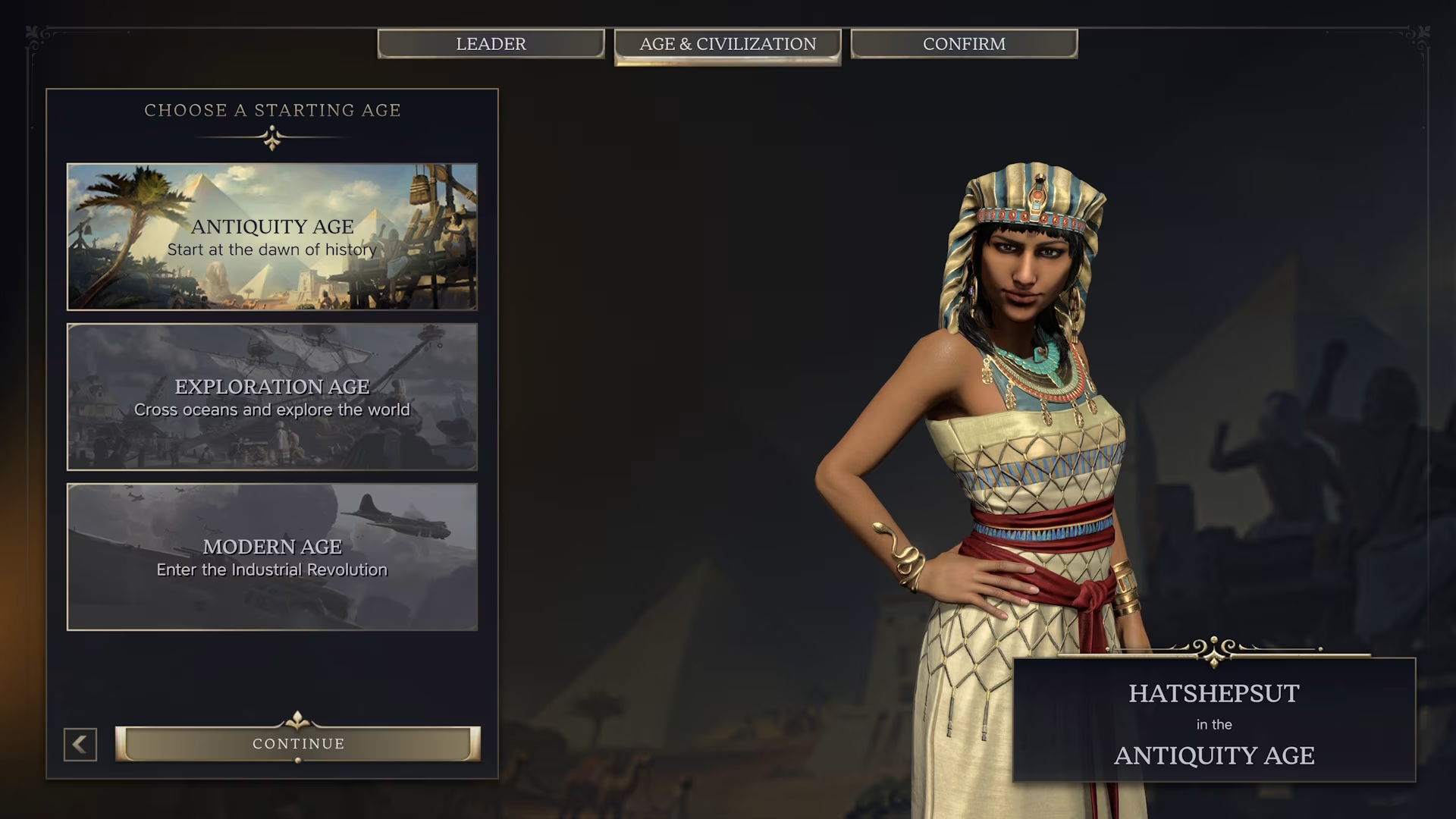 Hatsheput on the age menu Civilization 7.
Hatsheput on the age menu Civilization 7.
Think of Ages in Civilization 7 as chapters in your civilization’s story. A typical game begins in the Antiquity age, progresses through the Exploration age, and culminates in the Modern age. Victory is unattainable before reaching the Modern age and selecting a Victory Condition through one of the four Legacy Paths. Each new Age signifies substantial progress towards a victory condition and propels the game forward.
The Antiquity age represents the foundational stage of societal and technological development. The Exploration age marks an era of expansion and discovery. Finally, the Modern age encompasses the period from early industrialization to contemporary science and technology.
Firaxis Games introduced the Age system to address several challenges observed in earlier titles. It mitigates the snowball effect of early leads, reduces micromanagement, and fosters greater diversity among civilizations.
The Transforming Landscape of Ages
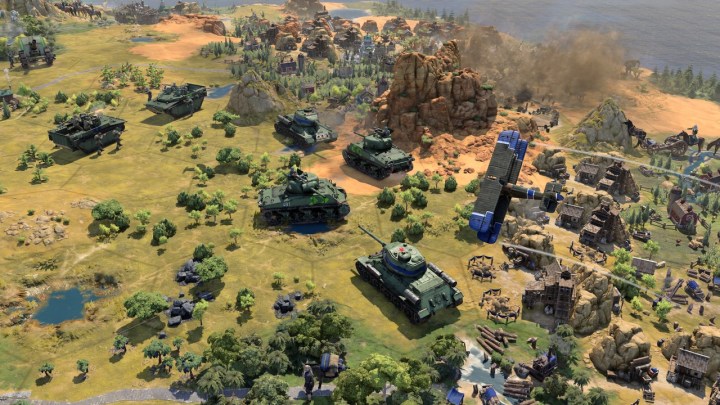 Tanks and planes fly in Civilization 7.
Tanks and planes fly in Civilization 7.
The most immediate change upon entering a new Age is visual. The architecture and technology of your civilization evolve to reflect the passage of time. However, the changes extend far beyond aesthetics.
As a new Age begins, the game highlights various transitions, including elements that are retained and those that are lost. Here’s a breakdown of the key changes:
Civilization Evolution: Your starting civilization isn’t permanent. Each new Age requires selecting a new civilization based on historical connections to your initial choice, your chosen Leader, and hidden gameplay actions. This shift dramatically alters the available buildings, Wonders, units, improvements, civics, and technologies.
Leader Persistence: While your civilization changes, your initial Leader and their traits remain constant throughout the game. This consistency also applies to AI players, preserving existing diplomatic relationships.
Expanding Horizons: Each new Age expands the game map, revealing new territories, resources, and independent powers to interact with, either through diplomacy or conflict.
Ageless Structures: Certain structures designated as “Ageless” persist across Ages, while others are removed. This distinction adds a strategic layer to urban planning.
Commander Endurance: Unlike standard military units, Commanders transition between Ages, retaining their accumulated attributes and experience.
Legacy Evolution: Throughout an Age, you accrue Legacy Points, which can be invested in your Leader’s skill trees. The transition to a new Age presents an opportunity to refine your Legacy Point allocation, offering choices based on accumulated points in each category. Some new Legacies have higher point costs, requiring strategic decision-making.
The Mechanics of Age Progression
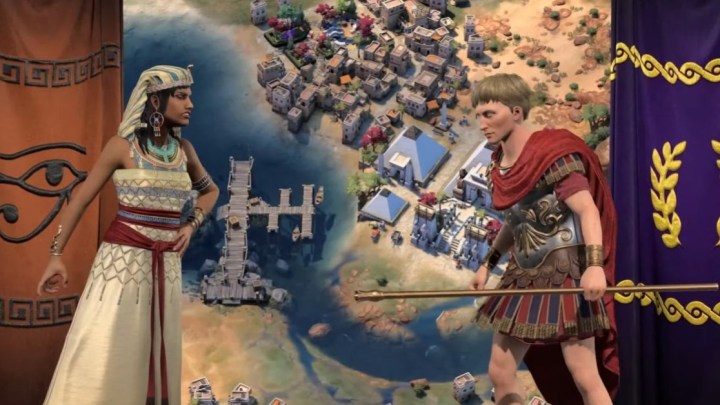 Two world leaders, Cleopatra and Caesar, going up against each other in front of their flags.
Two world leaders, Cleopatra and Caesar, going up against each other in front of their flags.
Ages don’t advance automatically. An Age Progress meter tracks your progress. Each turn contributes incrementally to this meter, but the primary driver of progress is completing milestones within the Legacy Paths: Science, Military, Culture, and Economy. You can focus on a single path or distribute your efforts across multiple paths to advance through an Age. Completing an entire Legacy Path unlocks a special Golden Age Legacy, which carries over to the next Age.
As an Age nears its end, a Crisis emerges, impacting all players. These crises present a series of choices with minor benefits and significant drawbacks, known as Crisis Policies. You must select three such policies before the Age concludes.
Upon filling the Age Progress meter, you receive a warning that the Age will advance on the next turn.



